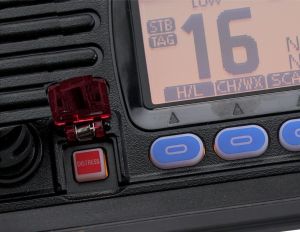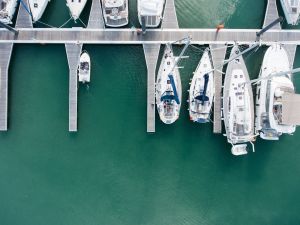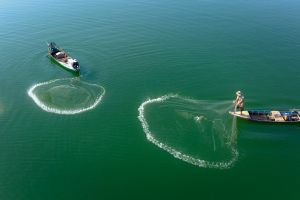Daily Archives:June 06,2022
VHF radio for sea Kayakers
- Jun 06,2022
- Leeric
- 0 Comments
- None
As paddlers, it's very important for us to be able to communicate with one another when we're out in water, but it's also important for us to get to communicate with other vessels and even the Coast Guard, the authorities if there's ever a case of an emergency. ...
DSC Q&A
- Jun 06,2022
- Leeric
- 0 Comments
- None
The simple answer: If your radio has a button that is covered by a bright red, see-through plastic cover, then it has DSC (Digital Select Calling) capability. Note that DSC does not work “out of the box”. It requires the owner/installer to follow some simple steps for it to be enabled. Refer to: ‘After you buy a Class D VHF radio’ of these instructions for details. Please note that not all fixed-mount DSC VHF radios are Class D compliant, and must be in order to be installed in any vessel. ...
VHF radio with DSC and Class D information
- Jun 06,2022
- Leeric
- 0 Comments
- None
Class D equipment is specifically designed for recreational vessels. It provides VHF DSC distress, urgency and safety as well as routine calling and position polling. Class D equipment includes a dedicated channel 70 DSC receiver, so you will never miss a DSC call. ...
Class A AIS VS. Class B AIS
- Jun 06,2022
- Leeric
- 0 Comments
- None
Class A AIS transponders (SOLAS Compliant) operate using Self-Organizing TDMA (SOTDMA) broadcast mode and transmit at a power level of 12.5 watts. Dynamic information is transmitted every 2 to 10 seconds while underway and every 3 minutes while at anchor. Static and voyage related information, such as the vessel’s name and cargo, are transmitted every 6 minutes. Class A AIS transponders are required to have a DSC (156.525 MHz) receiver, external GPS, heading ...




